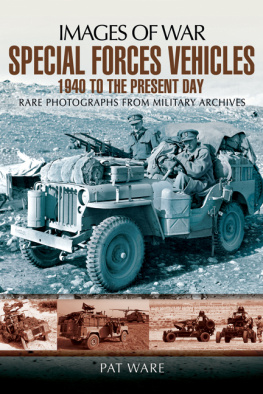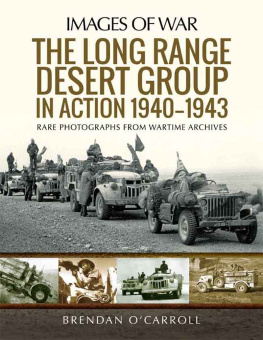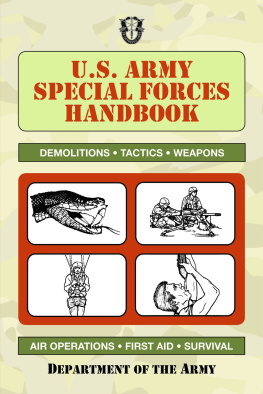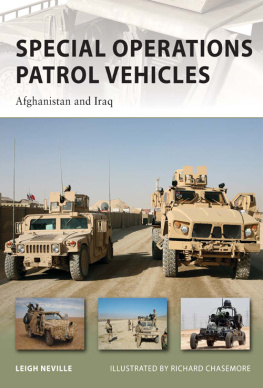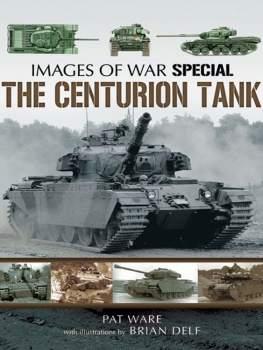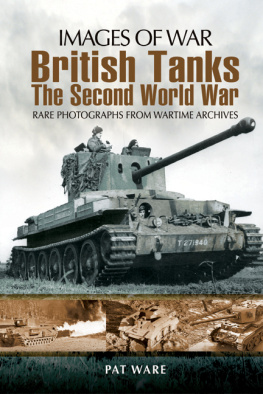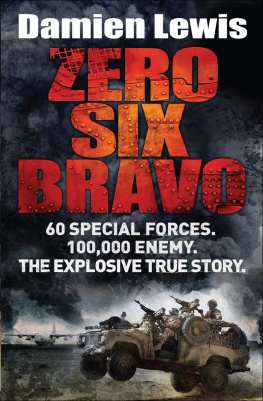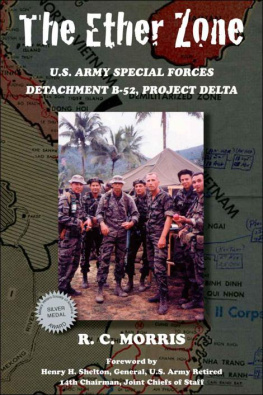
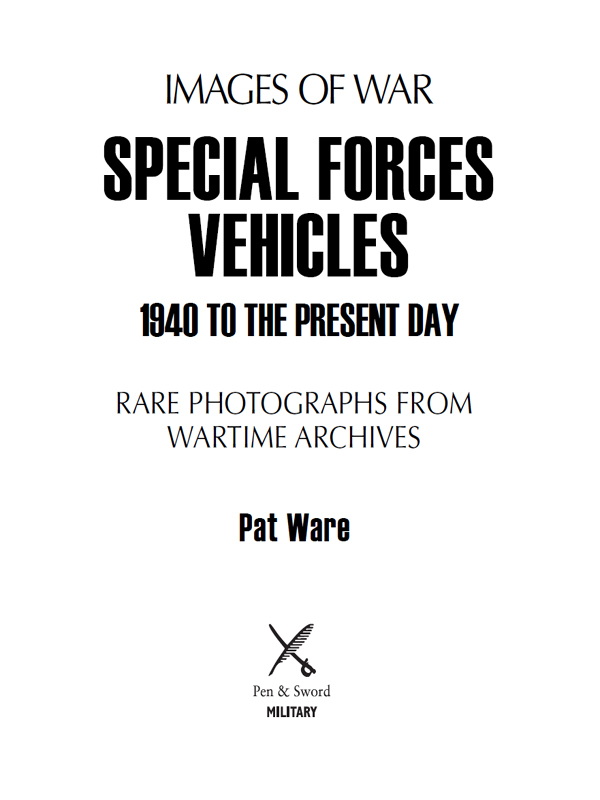
First published in Great Britain in 2012 by
PEN & SWORD MILITARY
an imprint of
Pen & Sword Books Ltd,
47 Church Street,
Barnsley,
South yorkshire
S70 2AS
Text copyright Pen & Sword Books, 2012
Photographs copyright as credited, 2012
A CIP record for this book is available from the British Library.
ISBN 978 1 84884 642 5
eISBN 978 1 78303 897 8
All rights reserved. No part of this book may be reproduced or transmitted in any form or by any means, electronic or mechanical including photocopying, recording or by any information storage and retrieval system, without permission from the Publisher in writing.
Typeset by Chic Media Ltd.
Printed and bound by CPI Group (UK) Ltd, Croydon, CR0 4YY
Pen & Sword Books Ltd incorporates the Imprints of
Pen & Sword Aviation, Pen & Sword Family History, Pen & Sword
Maritime, Pen & Sword Military, Pen & Sword discovery, Wharncliffe
Local History, Wharncliffe True Crime, Wharncliffe Transport, Pen &
Sword Select, Pen & Sword Military Classics, Leo Cooper,
The Praetorian Press, Remember When, Seaforth Publishing and
Frontline Publishing.
For a complete list of Pen & Sword titles please contact
Pen & Sword Books Limited
47 Church Street, Barnsley, South Yorkshire, S70 2AS, England
E-mail: enquiries@pen-and-sword.co.uk
Website:www.pen-and-sword.co.uk
Contents
Introduction
A nyone who has read of the exploits of the SAS in the Western Desert during 1941/42 or who perhaps watched the black-hooded Special Projects Team, led by Captain Dick Arthur, storm the Iranian Embassy back in 1980 will have nothing but admiration for the capabilities of todays highly sophisticated Special Forces. And the British SAS doesnt have a monopoly on this type of mission. Witness the rescue of hostages from Mogadishu by German Special Forces in 1977, or the Israeli paratroopers who similarly rescued hostages during the famed raid on Entebbe the previous year.
The tactics and role of the modern Special Forces unit can be traced back to the earliest days of the Second World War when German, Italian and British commando units carried out missions, frequently behind enemy lines, which invariably carried an unprecedented degree of risk and danger. A key element of these operations was often the self-contained nature of the forces involved, who were able to operate outside the normal military command structure.
Following the end of that conflict the Special Forces, far from being disbanded, became increasingly important as the more powerful nations began to engage in what has subsequently become known as asymmetric warfare. It was found that small, well-trained units, often operating covertly, were frequently able to achieve objectives that were not possible using conventional forces. Similarly Special Forces proved very useful in operations where the element of secrecy was important and where it might subsequently be necessary to invoke a degree of political deniability. Such forces have played a role in many of the post-war conflicts, including the wars in Indo-China, the troubles in Northern Ireland, the Falkland Islands, the Balkans, Chechnya, the former Yugoslavia and in the Middle East. During the US-led invasion of Afghanistan Special Forces from several countries played a major part in dislodging the Taliban from power.
The typical Special Forces soldier is well trained, highly motivated and well equipped, and will almost certainly have spent some time in a regular unit before putting himself forward for what is, inevitably, an arduous selection and induction course. Working in small groups, Special Forces are trained to expect the unexpected and to deal with it, often making decisions on the spot without recourse to a complicated command structure. Many Special Forces operations involve deep penetration into enemy-held territory, or lengthy reconnaissance missions, either gathering intelligence or destroying enemy assets. Crucial to the success of this type of operation is the selection of the right type of vehicle. It hardly needs to be said that reliability and durability are a given, but the chosen vehicle must also be able to carry whatever equipment is deemed necessary for the mission, including weapons, ammunition, fuel, food, water and personal kit, as well as a selection of spare parts and replacements for possible repair in the field.
The Long Range Desert Group (LRDG), which might be considered to be the first modern Special Forces unit, chose to operate modified Chevrolet civilian trucks, but it was the stripped-down Jeeps of the SAS that established the norm for this type of operation. When these Jeeps wore out they were replaced by Series I Land Rovers, which in turn were superseded by the iconic Series IIA Land Rover Pink Panthers. These were the first vehicles to be constructed by an outside contractor in this case Marshalls of Cambridge to the requirements of the SAS Regiment and they remained the pattern for Special Forces vehicles until the appearance of dune buggy-based fast-strike vehicles in the early 1980s; in Afghanistan, these have subsequently been replaced by larger, armoured vehicles such as the Jackal.
Although all the vehicles shown in this book are authentic, the photographs include both re-enactors and static shots taken, for example, at defence exhibitions. The reason for this should be obvious, since it is in the nature of clandestine operations that pictures are rarely taken in action.

The stripped-down, overloaded Jeeps so typical of the SAS Regiment and other Special Forces units operating in the desert during the Second World War should probably be considered as the grandfather of all such vehicles. Here, a Greek Sacred Company, manned by officers who had escaped from Greece and Crete, sets out on desert patrol in a column of what were described at the time as special commando Jeeps. ( IWM, E23148 )
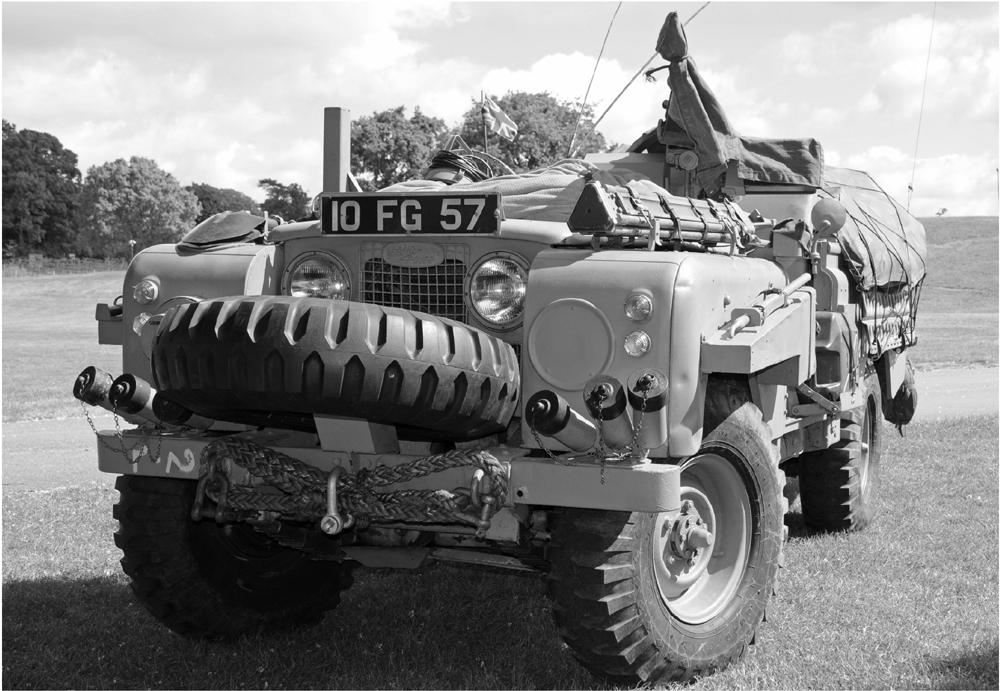
Based on the Land Rover Series IIA, the FV18064 was a heavily modified Special Forces patrol vehicle developed by Marshalls of Cambridge and the SAS Regiment. It was designed to withstand the harshest operating conditions and carried whatever stores and equipment were required to allow the crews to operate for long periods away from a base; the nickname Pink Panther was derived from the distinctive paint finish adopted for vehicles operating in Oman. ( Simon Thomson )

The Supacat high mobility transporter (HMT 400) or Jackal seen here in upgraded Jackal 2 configuration has recently been adopted by the SAS as a replacement for the long-wheelbase Land Rovers favoured by the regiment for the last fifty years and is already seeing service in Afghanistan. ( Sergeant Mike Fletcher; MoD, Crown copyright )
Chapter One
The Role of Special Forces
A lthough the concept of Special Forces meaning military units that have been highly trained and specially equipped in order to undertake unconventional operations isnt new, the recent rise in so-called asymmetric warfare has seen an increase in the use of Special Forces for operations such as body-guarding, hostage release, infiltration of terrorist groups, reconnaissance and intelligence gathering, demolition, and interdiction and harassment of enemy resources. Most Special Forces units are manned by volunteers, elite personnel who are physically and mentally robust, and who have been put through an arduous selection and training regime designed to eliminate all but the toughest and fittest men. During training, emphasis is placed on the ability of the men both to work as a team and to operate individually if necessary; great importance is placed on the need for resourcefulness. Usually considered to be high-value assets, Special Forces tend to be commanded at a strategic level and are generally able to deliver results that are disproportionate to their size.
Next page
